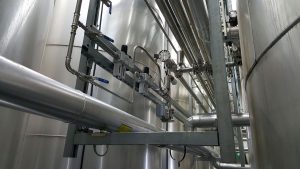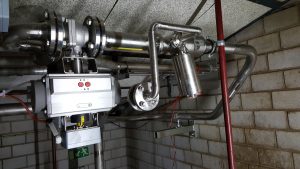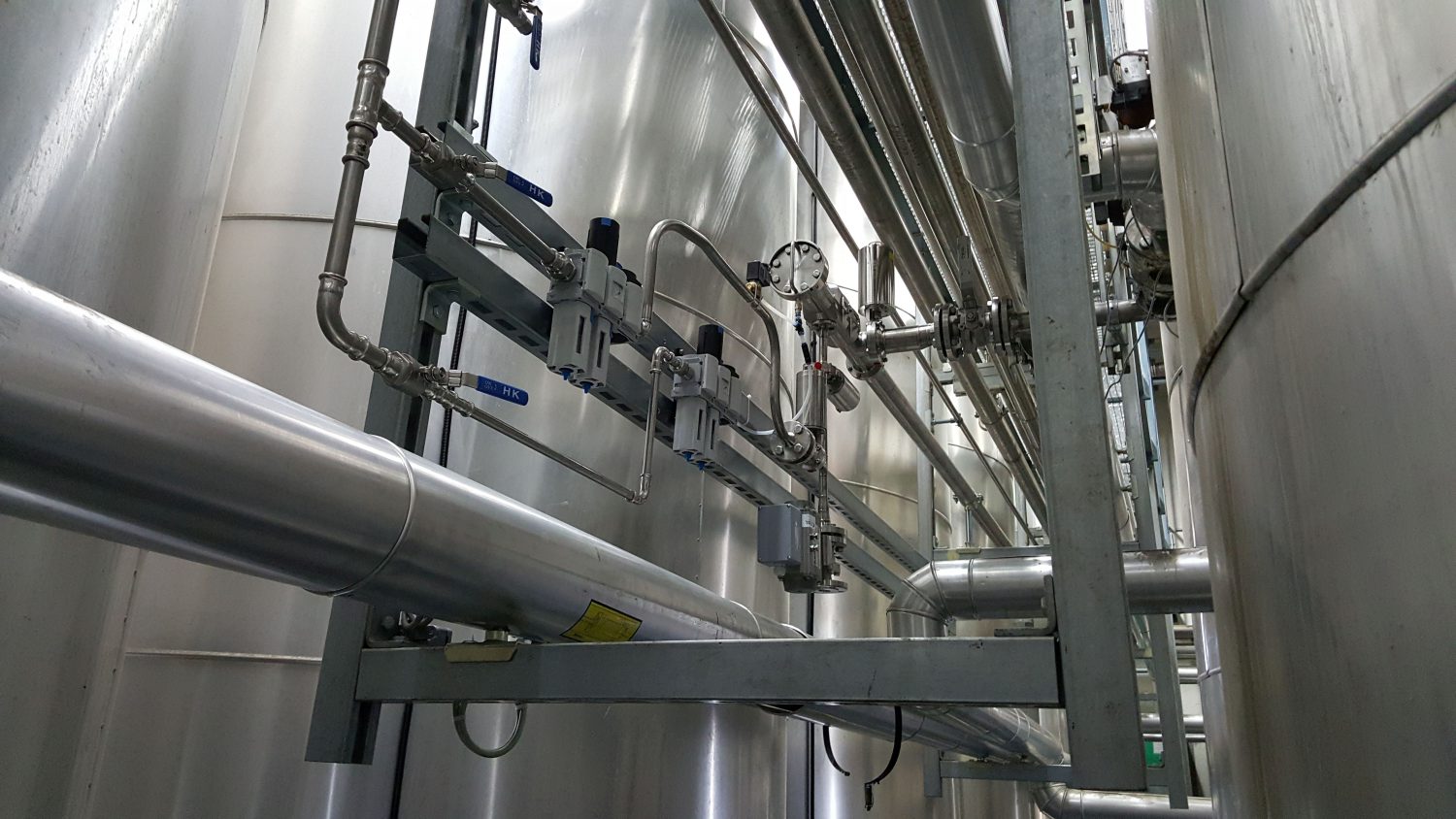Press report, Florin AG, Utelli Stephan
A conversation between Stephan Utelli (Ing. FH) Florin AG and Sibylle Ito (Business Development, URESH AG) about his experience with the installation, commissioning and use of the URESH pigging system.
URESH AG, Sibylle Ito: Thank you for the possibility to be able to speak directly with an user specifically about their experience with a URESH pigging system. Why have you chosen the URESH pigging system? What were the decisive differences for you compared with other providers?
Florin AG, Stephan Utelli: The simple and hygienic structure of the pigging system was an important factor for us. The symmetric pig allows it to be run back and forth in a closed system without any problem. Thanks to the special design and the URESH specific production technique a highly robust pig is created. The fact that the pig was manufactured from silicone was also essential for us.
URESH: From your point of view, how was the service provided by URESH AG?
Florin: Very good. From my point, questions could be answered promptly and efficiently. The documentation of the pigging system with its clearly arranged manual was also a great help.
URESH: What were your experiences during commissioning?
Florin: We did not have any problems during commissioning. The pig never jammed and no pipe had to be opened.
URESH: How often do you run the pig each day?
Florin: 4 to 5 times a day.
URESH: What are your experiences with air as propellant?
Florin: We have good experiences. However, we have a well lubricating media with cooking oils and liquid cooking fat. The pipes are heated to a constant temperature of 65°C.
URESH: At what speed does the pig run?
Florin: At approximately 10 metres per second at 1.5 bar (positive pressure) compressed air.
URESH: What would the situation be if you were not using any pigging technology? Which benefits does the pigging system provide? Have the expectations been fulfilled with pigging?
Florin: A so-called polymer layer forms on the inner walls of the pipes that, depending on the duration, can build up to a thickness of 10 mm. After a certain time, this polymer comes off and without pigging, would be carried along the process flow respective ending up uncontrolled into the product.
URESH: How important is it for you to prevent a product blend?
Florin: That has a subordinate role or is irrelevant for us.
URESH: Was a ROI or break-even point calculated for the use of the pigging system?
Florin: No.
URESH: What can you say about the wear of the pig?
Florin: Until now, we cannot see any wear after several hundred pigging runs.
URESH: How operationally safe is the pigging system?
Florin: When blowing out the feeding pipes, the pig can be carried along. We have managed to solve this by adjusting the control of the air blasting procedure.
URESH: Are there faults?
Florin: There were initial problems with the pig being dragged along, but this was sorted out successfully with the adjustment of the control system. Other than that, we do not have any disruptions.
URESH: Flanges are connecting the pipes at the moment. Would you use flanges again next time, or weld the line completely orbital?
Florin: Flanges with aseptic connections (O-ring seals) have been inserted by us without any problems. We would do that again as in the event of a problem, the line can easily be opened.
URESH: Would you use a URESH pigging system again?
Florin: Yes, it is highly likely that we would use URESH pigging systems for the next projects.



